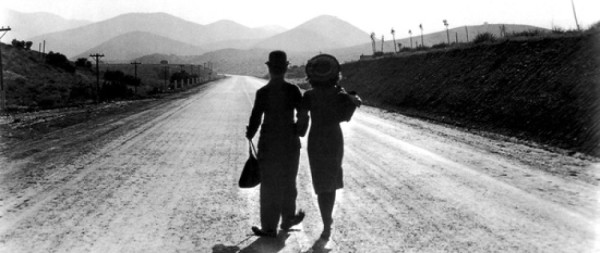By some miracle I was able to find all the animated shorts nominated for Academy Awards online and decided to start off 1941 with some fun and light viewing.
Lend a Paw
Directed by Clyde Geronimi
1941/USA
Walt Disney Productions
First viewing/YouTube
Pluto rescues a tiny kitten who has been thrown in a lake in a bag. No good deed goes unpunished however and soon Mickey adopts the kitten and it starts taking over Pluto’s place and possessions. Pluto plots revenge, egged on by the devil in his head, but his better nature eventually wins out.
This won the Oscar for Best Short Subject, Cartoons. After seeing all of the nominees I have no quarrel with the Academy’s selection although there was some stiff competition. Pluto has gradually become my very favorite Disney character. He is just 100% dog and they find some awfully funny things for him to get up to. In this cartoon, we get to see his evil side, which is priceless.
Boogie Woogie Bugle Boy of Company B
Directed by Walter Lantz
1941/USA
Walter Lantz Productions
First viewing/YouTube
A jazz trumpeter is drafted. The men all hate him when he blows reveille on the bugle but he wins them over when he starts riffing with his horn.
Warning: this cartoon is full of insulting racial stereotypes and offensive caricatures. If one puts that aside, it is actually a very well-made cartoon and uses the music wonderfully. The only version of the song I had heard before was by The Andrews Sisters. I would love to know the band that did this version and especially the name of the fabulous trumpeter.
Hiawatha’s Rabbit Hunt
Director: Friz Freleng
1941/USA
Leon Schlesinger Studios/Warner Bros.
First viewing/Streaming on dailymotion.com
Bugs Bunny starts reading Longfellow’s poem “Hiawatha” and soon an Indian starts to hunt him with a bow and arrow. It is always amusing to see Bugs turn the tables on his predators.
How War Came
Directed by Paul Fennell
1941/USA
Columbia Pictures Corporation
First viewing/YouTube
This is a very dry explanation of the origins of World War II. The basic message is that the Germans and Japanese started by seeing what they could get away with and it turned out they could get away with a lot before other countries worked up the courage to stop them.
The Night Before Christmas
Directed by Joseph Barbera and William Hanna
1941/USA
Metro-Goldwyn-Mayer
First viewing/YouTube
Very nice Tom and Jerry cartoon with a bit of Good Will Toward Mice at the end.
Rhapsody in Rivets
Directed by Friz Freleng
1941/USA
Leon Schlesinger Studios/Warner Bros.
First viewing/Streaming on dailymotion.com
Animals acting as construction workers build a skyscraper while they “play” Liszt’s Hungarian Rhapsody with their tools. Funny and a unique take on classical music.
The Rookie Bear
Directed by Rudolf Ising
1941/USA
Metro-Goldwyn-Mayer/Rudolf Ising Productions
First viewing/YouTube
When Barney Bear gets his draft notice, he thinks he is being offered a year’s vacation. Army life is a rude awakening.
Rhythm in the Ranks
Directed by George Pal
1941/USA
Paramount Pictures
First viewing/Streaming on dailymotion.com
This was the first time I had seen George Pal’s Puppetoons in action. I just loved this short, which is animated using “replacement-motion” of wooden figures. This is the story of a wooden soldier who is entrusted with bringing the cannon to battle but gets distracted by an ice-skater and lets his regiment down. It’s all very clever and really funny.
Superman
Directed by Dave Fleischer
1941/USA
Fleischer Studios
First viewing/YouTube
This was Superman’s first screen appearance. He battles a mad scientist who is trying to destroy Metropolis with an “energy cannon” that looks like a giant laser. The art work is awesome – very sleek and almost deco in feeling. .
Truant Officer Donald
Directed by Jack King
1941/USA
Walt Disney Productions
Repeat viewing/YouTube
Donald Duck is my second favorite Disney character and here he is at his frustrated best. He catches Huey, Dewey and Louie swimming and tries to round them up and take them to school. They don’t make it easy.



